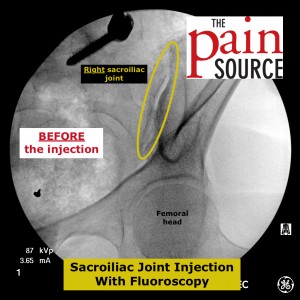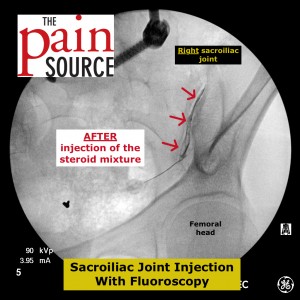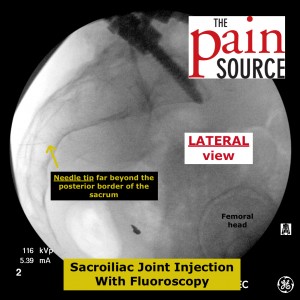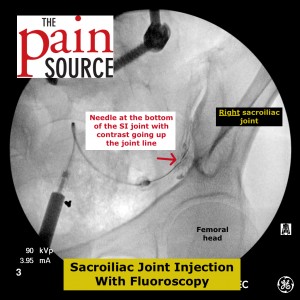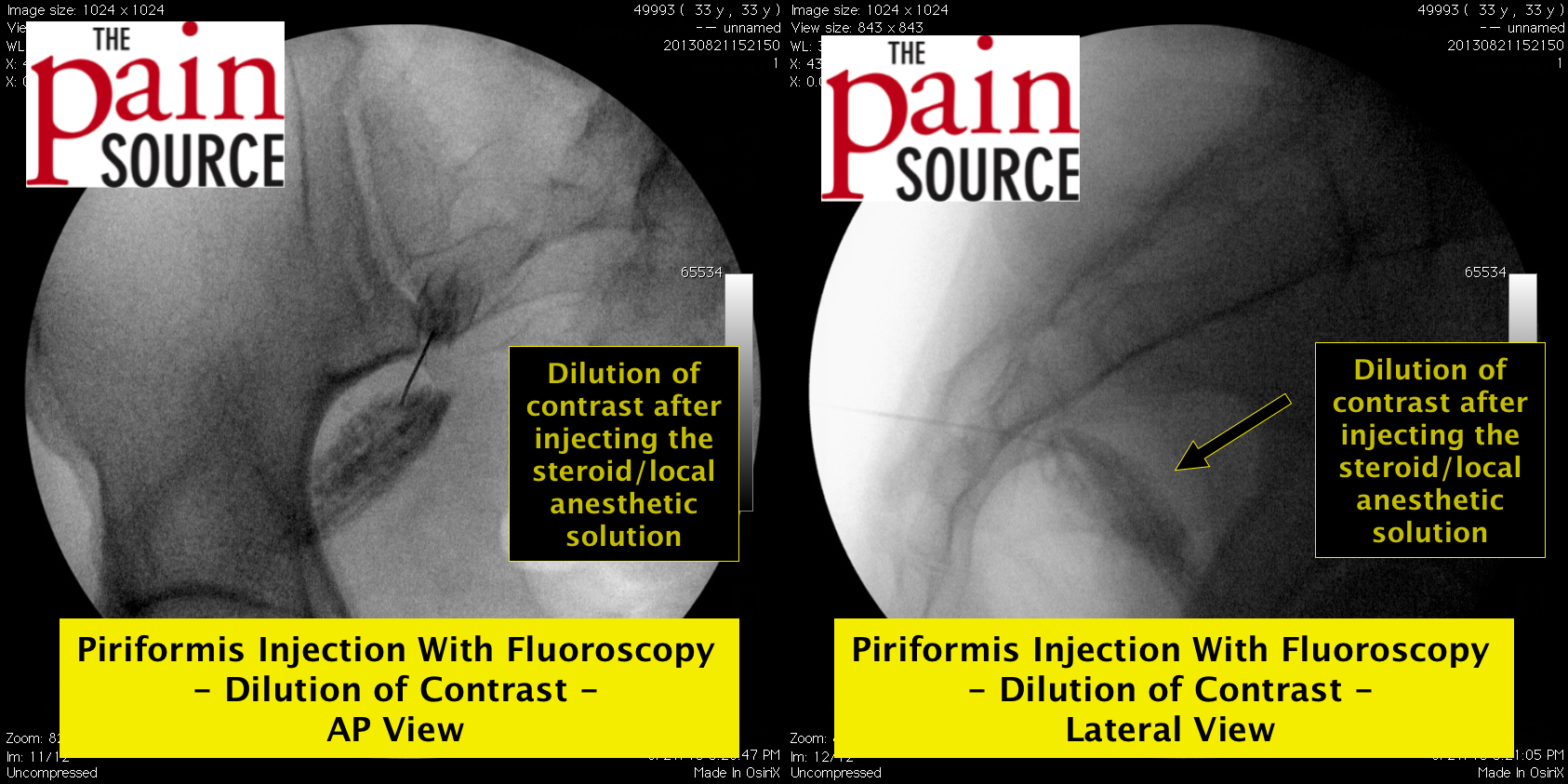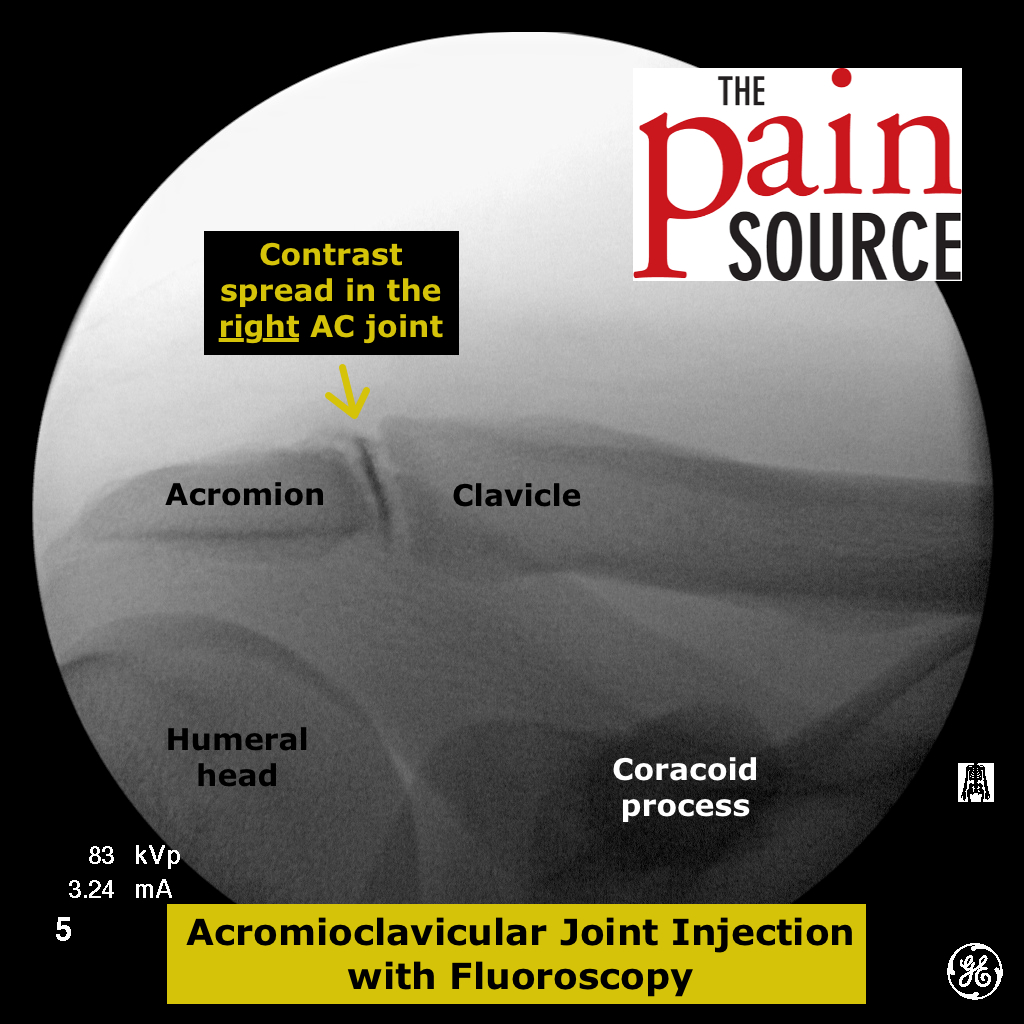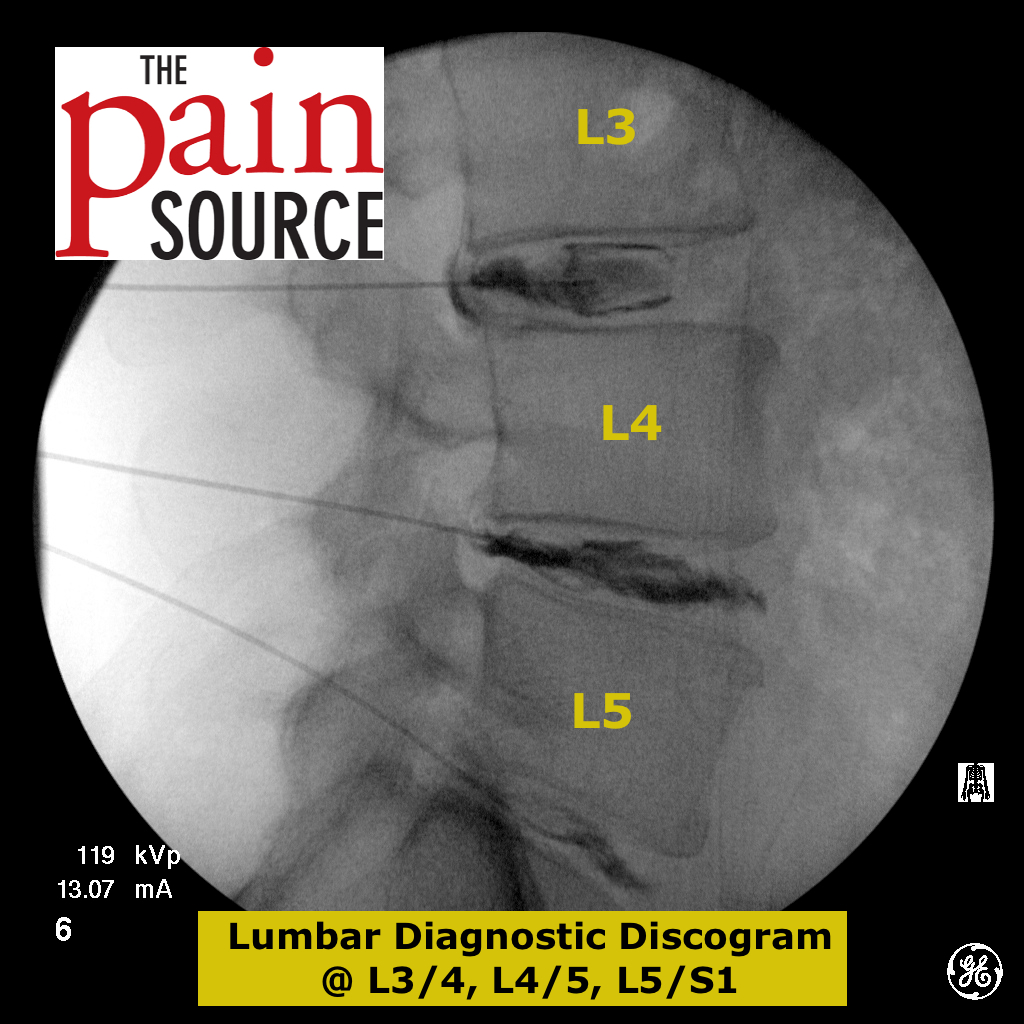A sacroiliac joint injection with fluoroscopy is a great procedure for patients with…sacroiliac joint pain.
Common complaints are pain in the buttock which is worse with getting into and out of a car, or after sitting for a while and then standing up. Pain is commonly most pronounced at the PSIS. Patients may have a positive Yeoman’s test, FABER test. Check out the validity of various sacroiliac joint provocative maneuvers HERE.
Indications
- Sacroiliac Joint Pain / Sacroiliitis / Sacroiliac Joint Dysfunction
- ICD-9 code: 720.2 “Sacroiliitis not elsewhere classified”
- ICD-10 code: M46.1 “Sacroiliitis, not elsewhere classified; Chronic spondylitis”
CPT codes
- 27096 – Sacroiliac joint injection WITH fluoroscopic guidance
- Note: The fluoroscopic needle guidance is built in to this code (27096), so you can not bill for 77002 separately.
- Note: If NO fluoroscopy is used for an SI joint injection, it is billed the same as a trigger point injection (20552).
- Remember to bill for the J-codes for the contrast and steroid as well.
Patient Position
- Prone
 Materials Needed
Materials Needed
- Gloves – sterile
- ChloraPrep (3 or 10cc)
- Band-aid – small, round
- Needles
- 25-gauge (or 22-gauge) 3.5″ Quincke needle
- Syringes
- 5-ml plastic syringe (for the injectate)
- 3-ml plastic syringe (for the Omnipaque contrast) – also use 6-inch plastic tubing
- Injectate
- 40mg/ml Depo-Medrol (or Kenalog), or 7.2-mg of Celestone (6mg/ml)
- 1-ml of 1% lidocaine or 0.5% bupivacaine
- For skin numbing: Will not need it if using the usual 25-gauge needle. Can use ethyl chloride spray too.
Tips
- Target location of the sacroiliac joint = INFERIOR part
- Fluoroscopy tips:
- It is essential to do a contralateral oblique of the C-arm intensifier (above the patient) from usually 5-15 degrees in order to get the anterior and posterior joint lines to converge inferiorly. This makes the target site at the inferior part of the joint easier to see, and the contrast spread up the joint line easier to visualize.
- This oblique angle also allows you to drive the needle in the natural angle of the sacroiliac joint.
- If you don’t line up the anterior and posterior joint lines, you may be driving the needle down to the anterior opening by accident.
- Always check a lateral image to make sure you are deep enough with the needle.
- Curve the needle tip slightly away from the opening of the needle. I feel this makes it easier to guide the needle.
- If the contrast blobs up at the needle tip or doesn’t flow up the joint line, advance the needle more.
Note: A sacroiliac joint injection can also be performed with ultrasound guidance. Here is a link to a VIDEO showing the technique involved in a steroid injection into the SI joint with U/S guidance.
